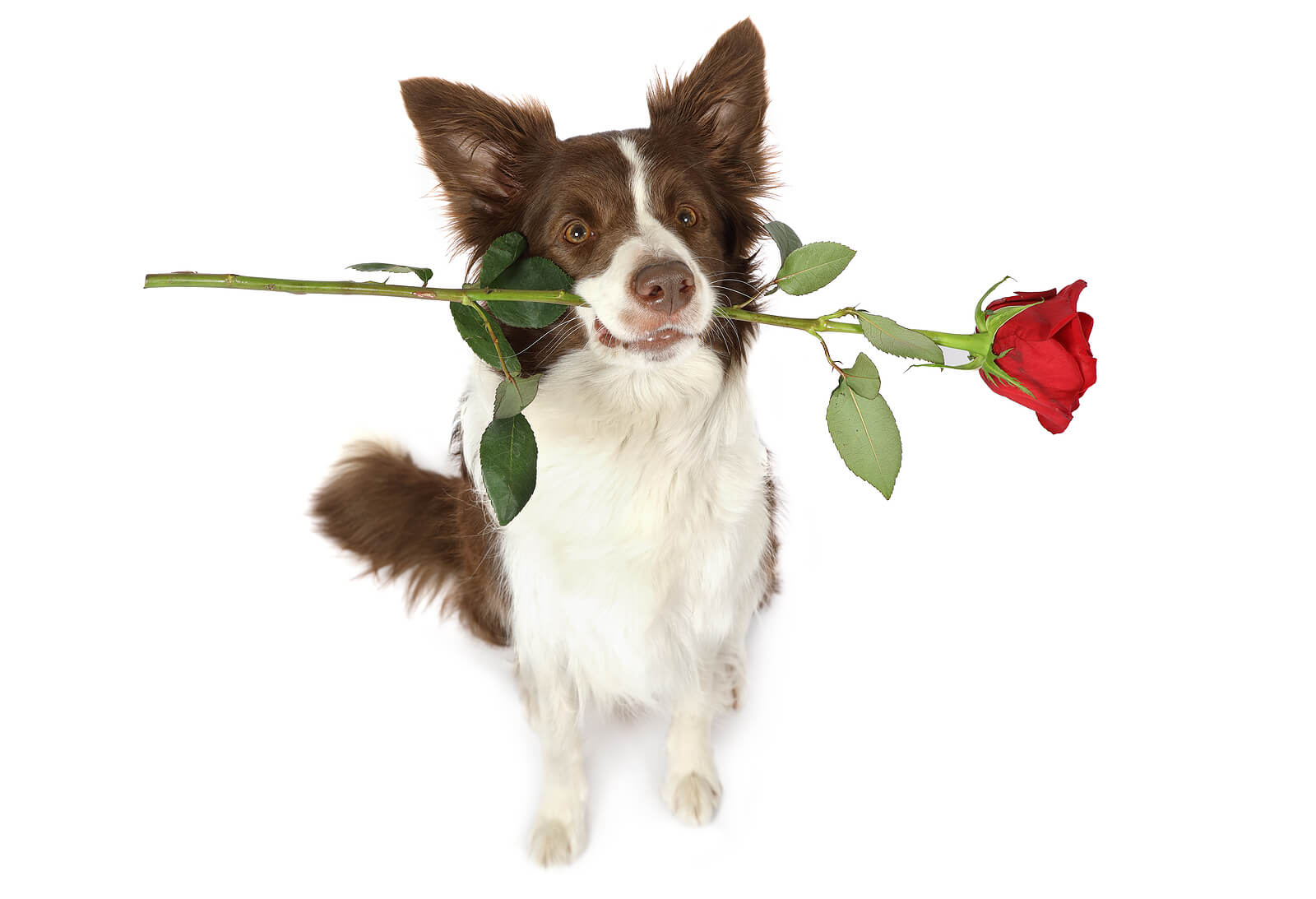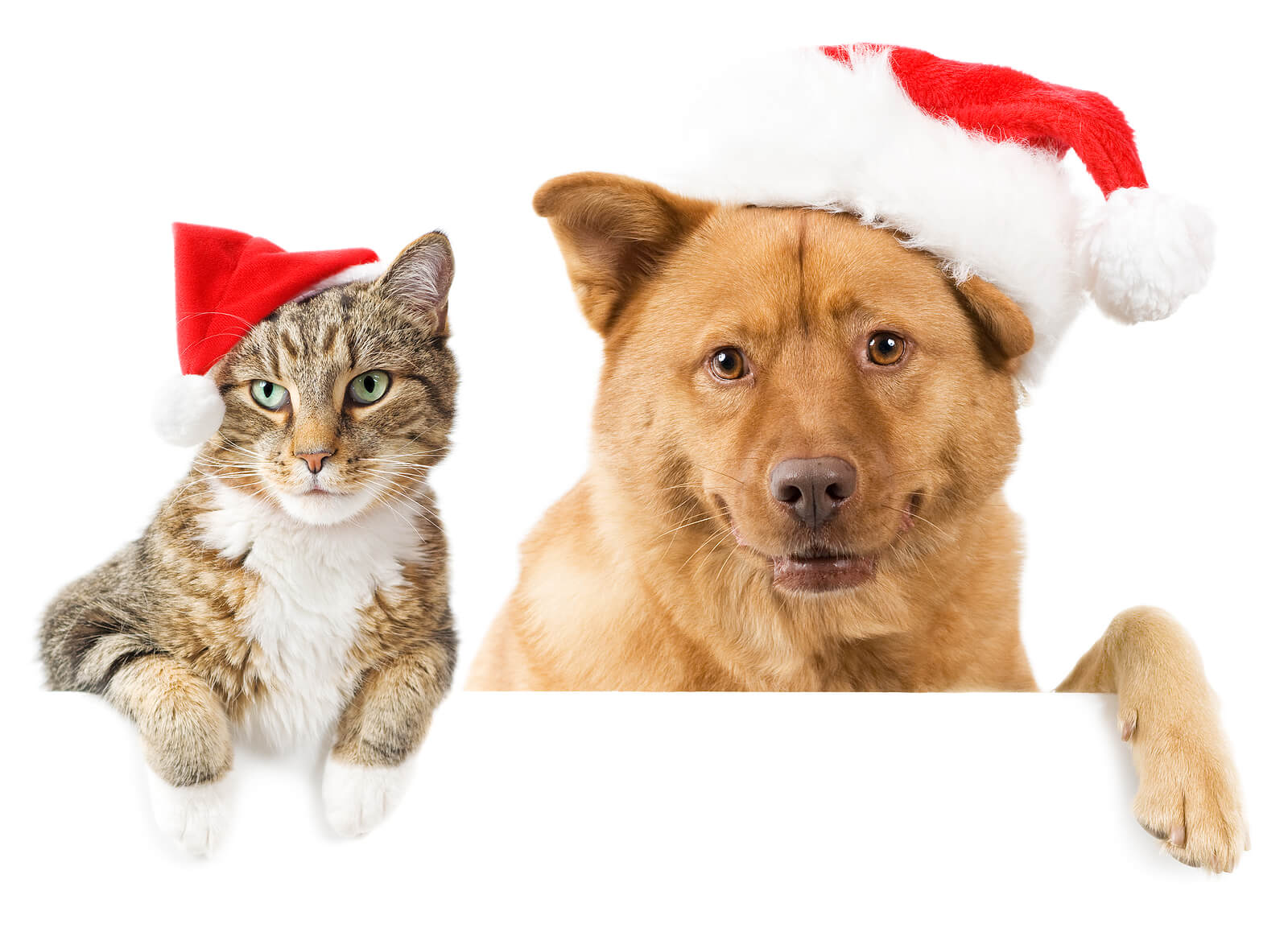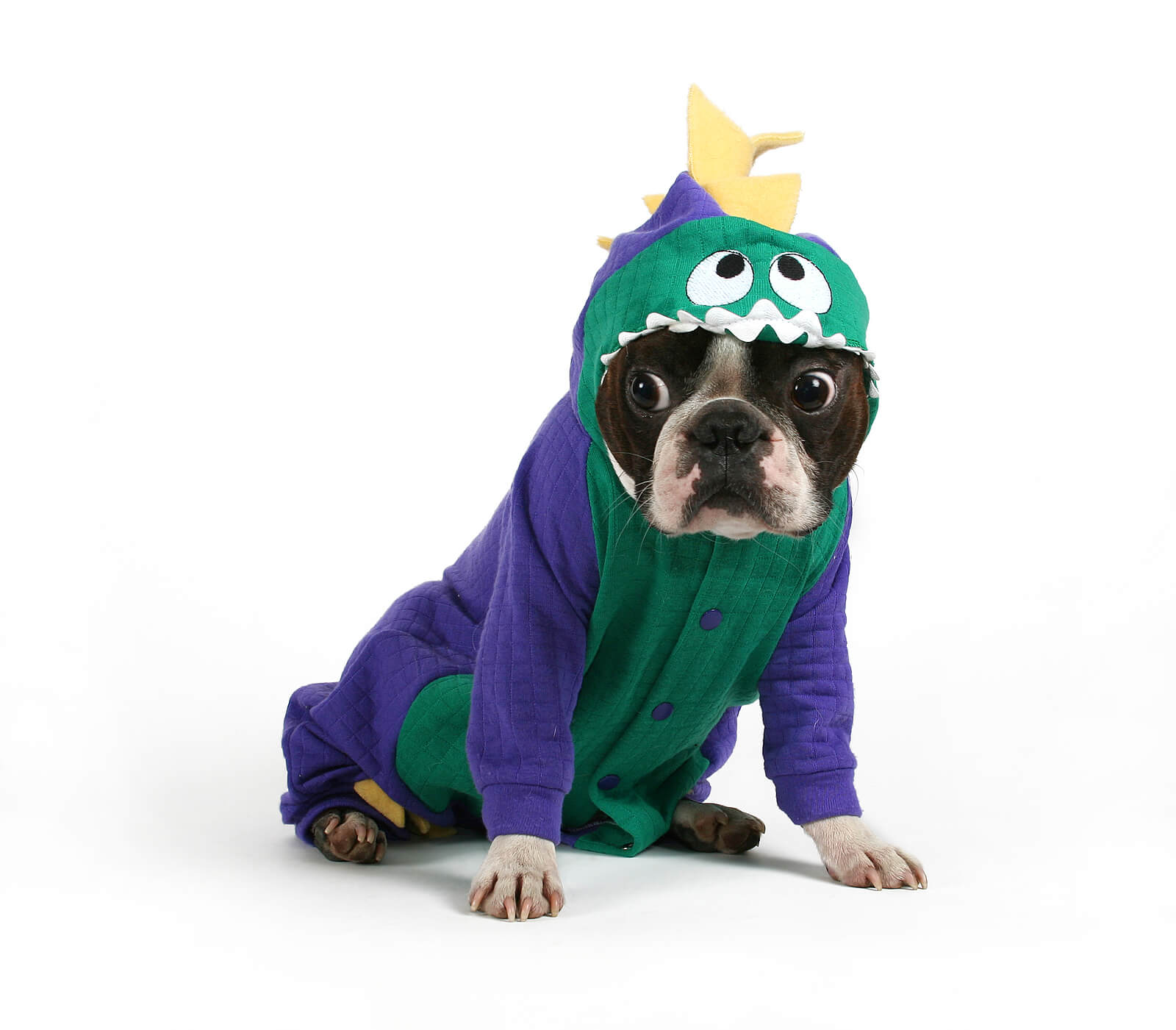Enjoying a Beach Day with Your Dog: The Best Way to Bond and Have Fun
Taking your dog to the beach can be one of the most enjoyable experiences for both you and your furry friend. Beyond the sheer joy of splashing in the water and digging in the sand, it’s an excellent way to bond and ensure your dog gets the physical activity they need. In this blog post, we’ll explore how to prepare for a beach day, find the perfect dog-friendly beach, engage in fun activities, and keep your dog safe and healthy throughout the adventure.

Why a Beach Day with Your Dog is Important
Spending quality time with your dog is crucial for their well-being and happiness. A beach day offers a unique opportunity to break away from the usual routine and explore new environments. The beach provides a stimulating setting with different textures, sounds, and smells that can enrich your dog’s senses and keep them mentally engaged.
The joys of a beach day extend to the owners as well. Watching your dog play and interact with other dogs can be incredibly satisfying and stress-relieving. It’s a chance to unplug, soak up some sunshine, and enjoy the natural beauty of the outdoors with your loyal companion by your side.
Preparing for the Day
Before heading to the beach, it’s essential to consider the safety and comfort of your dog. Sun protection is vital, as dogs can get sunburned just like humans. Applying pet-safe sunscreen, especially on areas with less fur, such as the nose and belly, can prevent painful burns.
Hydration is another critical factor. Dogs can easily become dehydrated, especially when they are active in the sun. Bringing plenty of fresh water and a portable bowl will ensure your dog stays hydrated throughout the day. Additionally, packing essentials like toys, a towel, and poop bags will make your beach day smooth and enjoyable.
Finding the Perfect Dog-Friendly Beach
Choosing the right beach is crucial for a successful outing. Look for beaches that are designated as dog-friendly, which means they often have specific areas where dogs are allowed off-leash. These beaches usually provide amenities like waste disposal stations and shaded spots.
In Chicago and its suburbs, there are several popular dog-friendly beaches. Montrose Dog Beach in Chicago is a favorite for many dog owners, offering ample space for dogs to run and play. Another great option is Whihala Beach in Indiana, which provides a dedicated area for dogs to frolic in the water.
Activities to Enjoy
Once you’re at the beach, the fun truly begins. Swimming is a fantastic activity for dogs, providing both exercise and a way to cool off. If your dog is new to swimming, start in shallow waters and gradually encourage them to venture deeper.
Playing fetch in the water can be exhilarating for dogs. Using floating toys can make the game even more exciting and challenging. Additionally, socializing with other dogs and their owners can enhance the experience, allowing your dog to make new friends and learn social skills.
For more interactive fun, consider beach games like frisbee or tug-of-war. These activities not only keep your dog entertained but also strengthen the bond between you and your pet.
Health and Safety Tips
Keeping your dog safe at the beach is paramount. Be vigilant for signs of heatstroke, such as excessive panting, drooling, or lethargy. If you notice any of these symptoms, move your dog to a shaded area and offer them water immediately.
Ensuring your dog stays hydrated is crucial. Regularly offer them water, especially after intense play sessions. Additionally, following beach etiquette, such as cleaning up after your dog and respecting other beachgoers, will ensure that everyone has a pleasant experience.
Post-Beach Care
After a fun-filled day at the beach, it’s essential to care for your dog’s well-being. Rinsing off sand and saltwater will prevent skin irritation and discomfort. Check your dog for ticks and other beach hazards that might have latched onto their fur.
Allowing your dog to rest and relax is equally important. After all the excitement, they’ll likely be tired and in need of a good nap. This downtime will help them recover and prepare for their next adventure.
Conclusion
A beach day with your dog can be an incredibly rewarding experience, offering numerous benefits for both you and your furry friend. From the joy of play to the satisfaction of quality bonding time, it’s an adventure worth pursuing. We encourage you to plan more outdoor escapades with your dog and create lasting memories together.
We’d love to hear about your beach day experiences! Share your stories and photos with us or tag us on social media. Let’s continue to celebrate the special bond between dogs and their owners.




